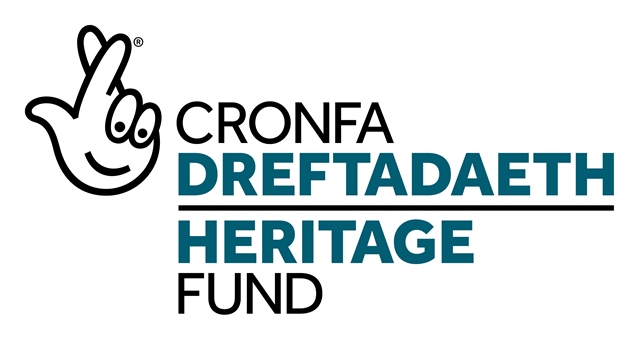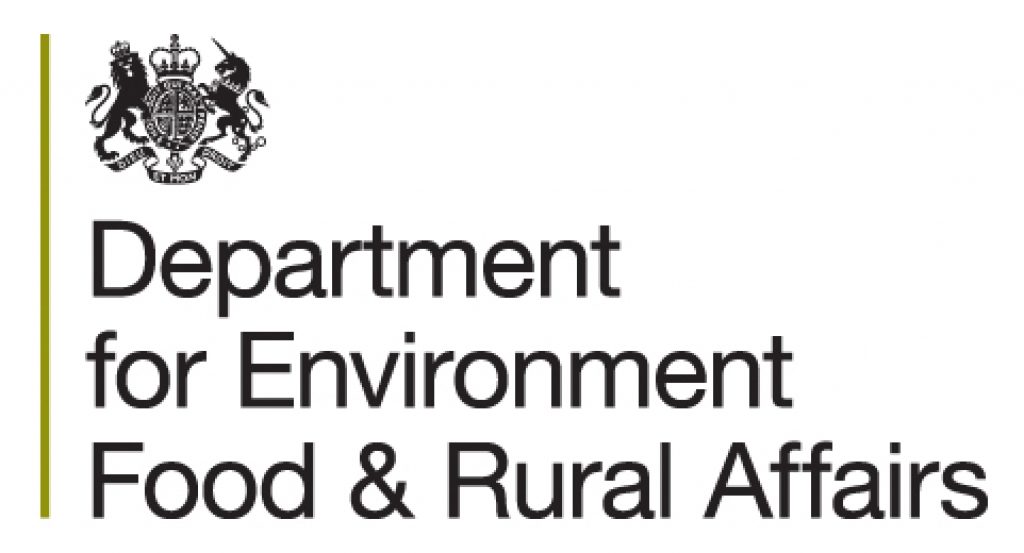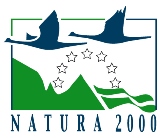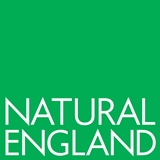Harvest mouse haven at Whixall
November 29, 2018
September 29th and a fine Autumn morning found us carefully making our way through a wet meadow recently acquired by Shropshire Wildlife Trust, to check our “catch and release” small mammal traps. Despite being into my sixth decade, there is still a child-like excitement in anticipating what might be found and there was no doubting that my fellow Natural England co-workers, Rachel, Cam and Drew felt the same – you could sense it. We had been thorough, the 20 tube-traps had been carefully placed, grid-referenced and pre-baited, un-set (so free offerings) and in situ for 24 hours, important for good results. The previous day had revealed 4 Bank Voles but now the traps had been left overnight which is when small mammals really come out to play and this was our first early morning check…
.jpg) We approached carefully and parted the covering vegetation – fantastic, the door was shut – a catch in our first trap! The tube-trap was picked up but felt very light and there was no discernible movement from within; oh no, please, not a slug! The whole trap was placed into a clear polythene bag, the two lugs pushed in, the trap opened and the contents gently emptied into the bag. Nothing obvious but wait, is that a tail? The bedding was carefully removed and the most wonderful little creature was revealed. It was small, totally endearing, with a russet coloured coat (reminiscent in colour of a Fox) and a slightly pointed but blunt-ended muzzle twitching continuously, dark eyes and visible but not prominent, hairy ears. The underside was pure white, no sign of a yellow chest-spot or streak. Well, it can’t be a Wood or Yellow-necked Mouse then – but that only leaves Harvest Mouse… and they don’t come to traps do they? We transferred the little creature into a tub to photograph it; as we did so, the mouse gripped a little of the bedding that remained in the bag with its tail – a prehensile tail! It must be a Harvest Mouse – a live, wild Harvest Mouse, Micromys minutus, something rarely seen except in books or on the TV (even all the recent Autumn Watch footage looked to have been shot in captivity). We weighed our prize, a dizzy 4.5g and released it, none the worse for its examination.
We approached carefully and parted the covering vegetation – fantastic, the door was shut – a catch in our first trap! The tube-trap was picked up but felt very light and there was no discernible movement from within; oh no, please, not a slug! The whole trap was placed into a clear polythene bag, the two lugs pushed in, the trap opened and the contents gently emptied into the bag. Nothing obvious but wait, is that a tail? The bedding was carefully removed and the most wonderful little creature was revealed. It was small, totally endearing, with a russet coloured coat (reminiscent in colour of a Fox) and a slightly pointed but blunt-ended muzzle twitching continuously, dark eyes and visible but not prominent, hairy ears. The underside was pure white, no sign of a yellow chest-spot or streak. Well, it can’t be a Wood or Yellow-necked Mouse then – but that only leaves Harvest Mouse… and they don’t come to traps do they? We transferred the little creature into a tub to photograph it; as we did so, the mouse gripped a little of the bedding that remained in the bag with its tail – a prehensile tail! It must be a Harvest Mouse – a live, wild Harvest Mouse, Micromys minutus, something rarely seen except in books or on the TV (even all the recent Autumn Watch footage looked to have been shot in captivity). We weighed our prize, a dizzy 4.5g and released it, none the worse for its examination.
Four very happy and surprised people went on to check the remaining traps. The next two were empty, the third contained a Pygmy Shrew and incredibly the fourth and fifth traps also both held Harvest Mice, fully grown specimens at a fighting weight of 6g! – three in one session, surely something very special.
Nonetheless, there is still an element of doubt or disbelief when you discover something unexpected and nobody wants to look silly so this is where the excellent system of the County Recorder kicks in – real experts on specific taxa, generally unpaid, who will voluntarily confirm (or otherwise) your sightings for you. Shropshire has an active Mammal Group and the SWT website has links to this and many other groups along with their relevant County Recorder who confirmed our discovery.
Our live-trapping revealed that the site, wet meadows just South of Morris’ Bridge, Whixall, now owned by SWT, holds a good variety of small mammals and Bank Vole, Field Vole, Common Shrew, Pygmy Shrew and Wood Mice were also all caught and released and the overall trapping success rate was remarkably high, indicating a rich site indeed.
These peaty meadows, adjacent to Fenn’s/Whixall Moss National Nature Reserve, are well-known to bird-watchers and in Winter when the water levels rise, hold good numbers of wildfowl and geese and can be good for migrating waders. Previous years have turned up Shropshire rarities such as Spoonbill, Water Pipit and even Glossy Ibis and the area can be good for raptors owing to the availability of prey. SWT/Natural England in co-operation plan to manage the site so that the level of standing water and exposed mud can be controlled for birds but also mindful to safeguard neighbouring properties, whilst retaining Willow coppice around the periphery to provide habitat for perching birds. However, apart from bird surveys, little, if any, surveying of the flora and fauna has hitherto been done and it is important to have some knowledge of what exists before making and implementing any management plans.
In the end, 15 Harvest Mice from 10 trap locations were recorded. Harvest Mice are thought to be in decline and are designated a Biodiversity Action Plan (BAP) species but are also undoubtedly under-recorded since they spend most of their time living in the tops of tall grasses and reeds with little need to come down to ground level. Historical records indicate that this adaptable little creature was once far more common in traditional cereal fields but has moved away from intensively farmed land to rushy or wet pastures that are only lightly grazed if at all, or cut once a year for hay. They have even been found in reed-beds over water. The traditional survey method is to look in Winter for their tennis-ball sized, spherical nests, woven from grass and hidden between (not around) stalks of robust grasses or reeds, up to 1m above ground level, a somewhat hit or miss survey method and without the pleasure of seeing the animal. September and October offer the best chances using live-traps at ground level but recent studies have shown that traps raised off the ground among the canopy of taller grasses in suitable habitat have met with more year round success and are more likely to attract Harvest Mice than other small mammals, so may be a more targeted way of surveying for them. We intend to try this method as the next stage in trying to learn more of the distribution and abundance of this secretive but captivating little creature.
At present there is no public access onto the site but the birds can be seen with binoculars or a telescope from the road or from the canal towpath at the site’s edge preventing disturbance. Limited parking is available over the canal swing-bridge in a small car-park which is locked at 5pm and visitors are asked to have consideration for the nearby residents.
I must place on record my thanks to my fellow helpers Sam King and Cameron Martin from Harper Adams University; Drew Ganley and Phil Bamber from North Shropshire College and Rachel Irving from Natural England. I owe a special thanks to Cameron for rescuing me from the gargantuan and athletic Vole that ran up my sleeve and proceeded to actively explore most of my body and apologise to the residents of Whixall for the eventual stripping that ensued!
Thanks to Mike Sokolowski for preparing this article.






